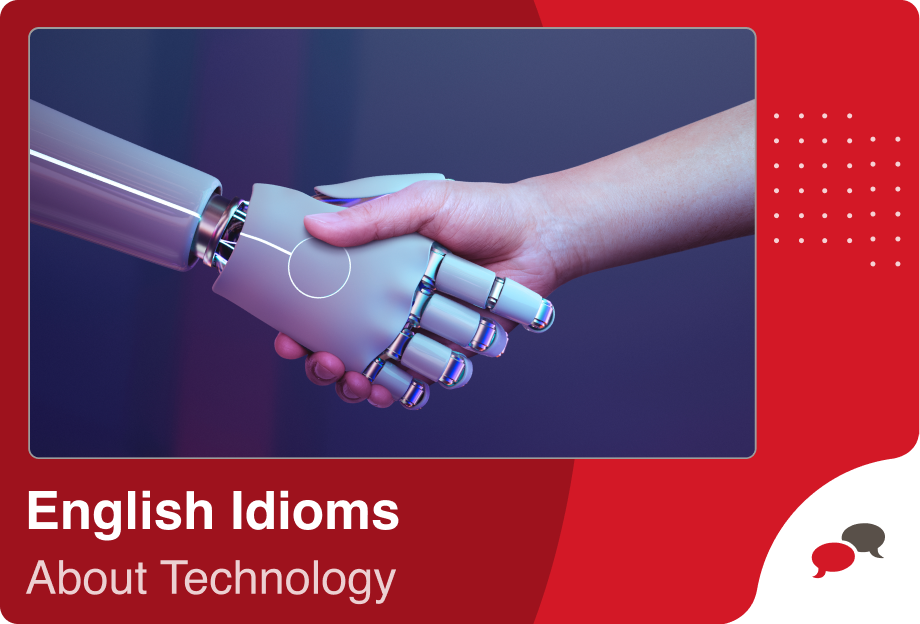When people don’t speak the same language or don’t fully comprehend each other, it results in a language barrier. Employees from different countries or who speak different native languages can result in this situation in the workplace. Confusion, mistakes, and conflict are all possibilities caused by language barriers. It is possible for them to make it difficult for team members to work together or for workers to understand instructions. In this blog post, we will talk about simple and effective ways to overcome language barriers in the workplace.
Learn English with EnglishCentral
Building your vocabulary is key to mastering a language, and learning new and generational words along with common words can make a big difference in how fluently and expressively you speak. EnglishCentral gives you the perfect tools and environment to expand your vocabulary, practice new words, and use them with confidence.
With 25-minute one-on-one lessons for all ages and levels, EnglishCentral offers personalized and effective learning. These online live sessions are led by expert English teachers who guide you step by step, helping you improve at your own pace. You can also join 40-minute group lessons, where you’ll take part in fun, interactive conversations with your teacher and classmates.
However, EnglishCentral is more than just lessons! You’ll have access to thousands of interactive videos tailored to different interests. With our Watch, Learn, Speak, and Discuss steps, you can reinforce vocabulary and plan private lessons based on your needs. Quizzes, word exercises, and our AI-powered teacher MiMi make practicing English even easier. MiMi is always available to help you navigate different scenarios, from business meetings to ordering food, so you’re prepared for real-life conversations.
After each lesson, MiMi provides personalized reports, tracking your progress and highlighting areas for improvement. This instant feedback helps you stay focused on your goals and gain the confidence to use English in everyday life.
Speak slowly and clearly
By speaking slowly and clearly, your message can be understood by everyone, especially those who are not native speakers. It allows listeners more time to comprehend what is being said. Do not mumble or run words together. To improve comprehension, use clear enunciation without sounding condescending.
Ask for clarification
Encourage other people to ask questions if something is unclear and be willing to do the same. This prevents miscommunication and ensures tasks are completed correctly. Clarifying questions is a sign of respect and willingness to understand. It is helpful to use phrases like ‘Can you explain that part again?’ or ‘What did you mean by that?’
Frequently check for understanding
It’s not guaranteed that a nod or a ‘yes’ indicates complete comprehension. Ask the team members to repeat or summarize what they have heard. This proves that the message was received correctly. Correcting misunderstandings early on is also possible with it.
Avoid idioms
For those who aren’t fluent in the language, idioms and slang can cause confusion. Phrases like ‘hit the ground running’ or ‘think outside the box’ can sometimes be confusing. Choose simple alternatives instead. Clarity can be improved by keeping your language literal.
Be careful of jargon
Confusion can be caused by industry-specific terms or abbreviations for those who are unfamiliar with them. It’s important to explain jargon or technical terms the first time you use them. Consider whether the language you’re using is truly necessary. The use of simpler terms is often more effective in conveying the same message.
Define the basics of business
Ensure that every employee comprehends the essential terms and processes related to your company. Depending on the language background, concepts such as ‘deadline’, ‘invoice’, or ‘feedback’ may require an explanation. It can be helpful to have a glossary or training. This assures that everyone is working from the same fundamental understanding.
Be specific
It is easy for general instructions to be misinterpreted. Instead, give detailed, step-by-step guidance whenever possible. Specificity increases efficiency by reducing the risk of errors. If necessary, provide clear examples to illustrate your points.
Choose your medium of communication effectively
Not every message can be delivered in the same way. Decide whether personal, email, or visual communication is the most effective way to communicate. Consider the language proficiency and preferences of your target audience. By matching the message to the medium, understanding can be significantly improved
Provide information via multiple channels
Share important messages in different formats, such as spoken, written, visual, or digital, to reinforce them. Repetition is crucial in ensuring that the message reaches everyone. It also provides individuals with the opportunity to review and take in the information at their own pace. Multichannel communication enhances retention and clarity.
Be patient
Patience is key when communicating across language barriers. Allow extra time for responses and explanations. If there are misunderstandings, don’t show frustration. Trust can be built and open communication can be encouraged by a calm and respectful approach
Frequently Asked Questions About Overcoming Language Barriers In the Workplace
Should companies offer language classes to employees?
Language classes can be beneficial in improving communication, productivity, and team integration. It demonstrates that there is a commitment to employee development and inclusion. Job satisfaction can be improved and errors can be reduced through language training.
How do I know if a language barrier is causing a problem at work?
Be mindful of any misunderstandings, mistakes, or confusion that happen repeatedly during tasks or meetings. It may be a sign if employees are unwilling to speak up or rely heavily on one bilingual person. A decrease in productivity or morale can also indicate communication difficulties.
How can language barriers impact employee confidence?
Employees may feel embarrassed or afraid to participate in discussions. Their fear of being misunderstood may prevent them from asking questions or giving input. Over time, this has the potential to result in isolation, stress, and a decrease in performance.
How do multinational teams manage language differences?
Usually, they choose a common working language, typically English. Teams rely on tools like translation apps, bilingual materials, or visual aids to assist in understanding. A number of organizations offer cross-cultural and language training to enhance collaboration.
Would you like to put what you have learned into practice? You can access everything you need to learn English on a single platform! With 25-minute one-on-one live English lessons, 40-minute group lessons, more than 30,000 interactive videos, vocabulary learning tools, AI-supported tutor MiMi, quizzes, and interactive activities, EnglishCentral offers its users a personalized and quality education plan at an affordable price. How about registering for EnglishCentral now and starting to learn English?











